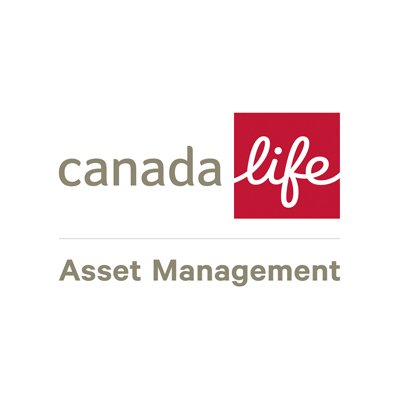Two-decade-high interest rates have put cash and cash-like vehicles front of mind for investors as yields on these instruments start competing with the returns on fund selectors’ low-risk portfolios.
With the Federal Reserve funds rate and Bank of England base rate sitting at 5.5% and 5.25%, respectively, the guaranteed returns offered by cash look increasingly attractive.
This is especially true after last year, when the US 60/40 portfolio booked -18.1% returns, marking its second-worst year since the inception of the Bloomberg US Aggregate index, according to data from Goldman Sachs Asset Management (GSAM).
The prospect of a ‘higher-for-longer’ policy stance also makes the case for cash versus equities and fixed income.
With US payrolls increasing at twice the forecasted number – by 360,000 – last month, US September core price inflation (CPI) coming in above expectations at 3.7% and fears the Israel-Hamas conflict could put upward pressure on energy prices, many investors will be looking for ways to shelter from prolonged high policy rates.
Larry Fink, CEO of BlackRock, said: “Rate hikes over the past year and a half, the fastest in the US since the 1980s, have made cash not just a safe place but a very profitable place for investors to wait for the time being.
“In short, investors are being paid to wait, something we have not seen to this degree for years. Investors can earn 5-7% for conservative cash and bond portfolios. This dynamic reduces the incentive to introduce portfolio changes, resulting in temporary lower client activity.”
In its Q4 implementation guide, BlackRock said sticky inflation and tight labour markets across western economies have created “uncertainty about the future path for interest rates” and how long rates will remain at their peak levels once these have been established.
“This backdrop has been supporting inflows into short-term money market funds, with investors seeking to minimise volatility in their investments and no longer appearing to see cash as a yield lag in their portfolios,” BlackRock said.
In fact, flows into money market mutual funds dwarfed flows into equity and bond mutual funds combined in the first three quarters of the year, with investors piling $908bn net new assets into cash-like funds.
This sum was also nearly triple the new assets welcomed by ETFs, which saw $317bn inflows over the same period, according to data from Bloomberg Intelligence.
However, many are convinced the dash to cash will lose its lustre including former Bridgewater Associates co-CIO Ray Dalio, who in 2020 remarked “cash is trash”.
At the Milken Institute Asia Summit in September, Dalio revised his position: “Temporarily, right now, cash is good – and interest rates are fine.
“I do not think it will be sustained that way.”
Agreeing, fund selectors told ETF Stream clients are increasingly questioning the virtues of risk-managed portfolios versus cash, however, they warn the current paradigm is subject to change.
Jordan Sriharan, fund manager at Canada Life Asset Management, said: “Unfortunately, those turning away from low-risk portfolios and into cash ignore the power of duration.
“Over the next 12 months or so, it is likely inflationary pressures in economies such as the UK will start to come down and if growth starts to stumble, policymakers can and will start to cut rates.
“Do not ignore the power of duration. When policymakers cut rates, low-risk portfolios are going to do well because of what bonds are doing in the portfolio at that point. Meanwhile, cash will go from 5.25% – perhaps more at that point – down to 4%.”
Echoing his thoughts, Alex Brandreth, CIO at Luna Investment Management, added: “One of the questions we are regularly being asked is ‘can my portfolio outperform cash?’.
“If we are buying government bonds that are tax-free and giving you returns above cash in the bank and shorter-dated corporate bonds yielding 8-9%, the chance of us beating cash over the next three to five years is still there. It has just been a painful 18 months to get to that stage.”





